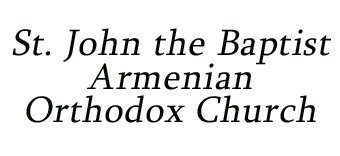MAY 28, A GLORIOUS ANNIVERSARY
Almost nine centuries after the fall of the Bakradouni Kingdom in Armenia and six centuries after the collapse of the Armenian Kingdom in Cilicia, the birth of the Republic of Armenia was a miracle. The dimmest moment in our history became the brightest, when the Armenian nation, like the mythological phoenix, rose renewed from its ashes and established a state on the plains of Mount Ararat. With Western Armenia obliterated by the Armenian Genocide, Eastern Armenia forged its own destiny, ready to participate as a sovereign member in the family of nations, leading the Armenian people to new horizons.
